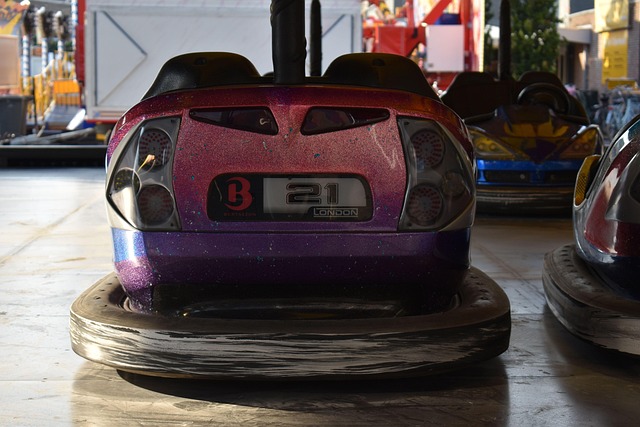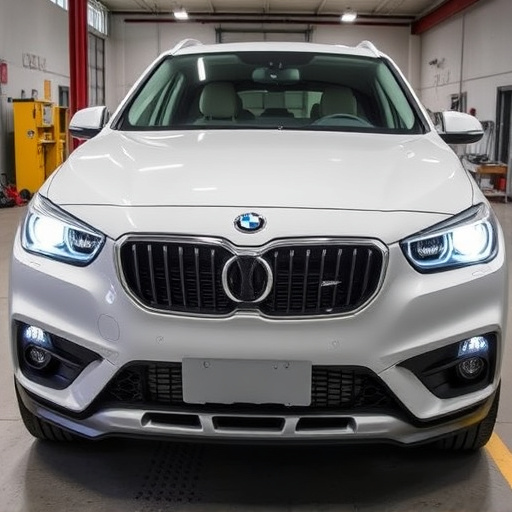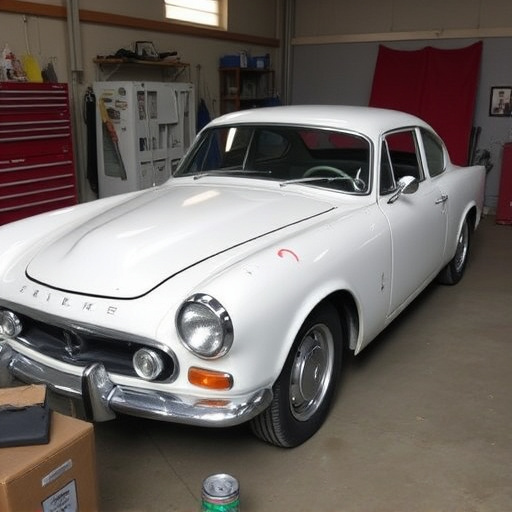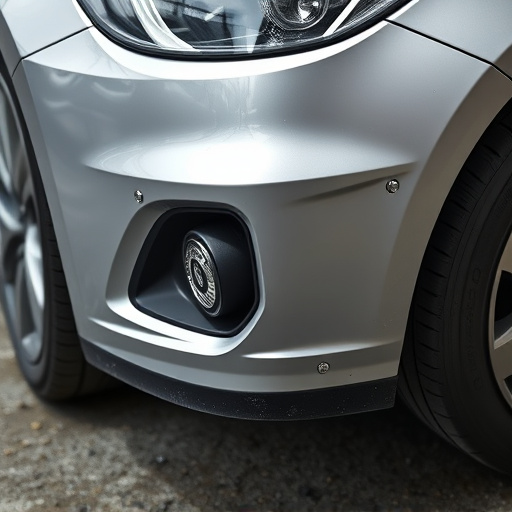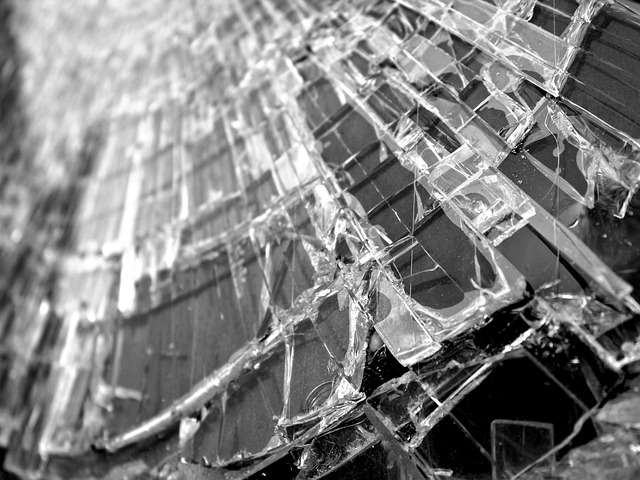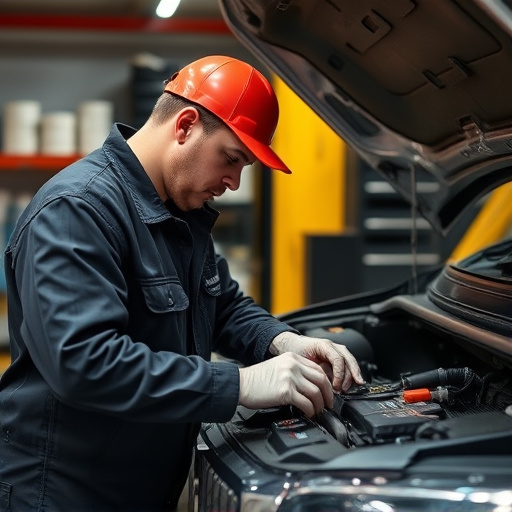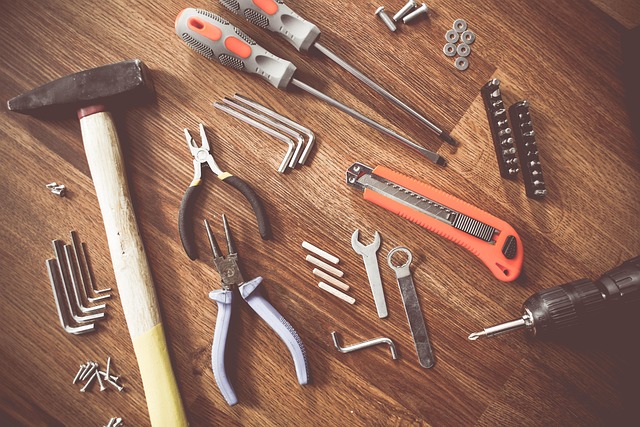Repair quality verification is paramount in the automotive industry, especially for safety-critical repairs like glass, scratch repair, and body work. Advanced tech aids detection of minute imperfections, while standardized training ensures technicians meet manufacturer specs and legal requirements. Best practices include pre/post-repair inspections, detailed documentation, standardized procedures, trained technicians, and clear communication for consistent, efficient, and transparent quality control across all auto body services.
In today’s competitive landscape, ensuring repair quality verification (RQV) aligns with industry protocols is paramount. This article delves into the critical importance of understanding and adhering to industry standards for repair quality. We explore how rigorous verification processes ensure compliance, fostering trust and enhancing customer satisfaction. Additionally, we provide best practices for effective and efficient RQV, enabling businesses to stay ahead in a dynamic market by delivering superior repair services.
- Understanding Industry Standards for Repair Quality
- The Role of Verification in Ensuring Compliance
- Best Practices for Effective and Efficient Verification
Understanding Industry Standards for Repair Quality
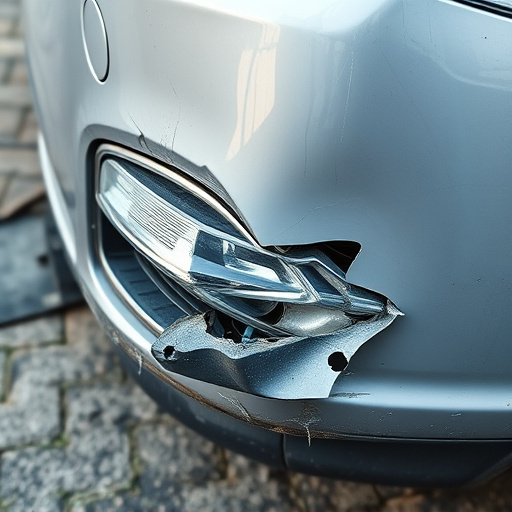
The automotive industry sets stringent standards for repair quality, especially when it comes to safety and aesthetics. These protocols are designed to ensure that repairs, such as auto glass replacement, scratch repair, or car body repair, are carried out to the highest possible standards. Repair quality verification is a critical step in meeting these industry expectations. It involves meticulous checks at each stage of the repair process to confirm that the work aligns with the manufacturer’s specifications and legal requirements.
By implementing robust verification procedures, repair facilities can demonstrate their commitment to excellence. This includes utilizing advanced technologies for inspection, such as specialized lighting and digital measurement tools, to detect even the slightest imperfections. Moreover, training technicians extensively on industry-standard practices ensures that every repair, whether it’s a simple scratch repair or complex car body repair, meets the required criteria, fostering public trust and vehicle owner satisfaction.
The Role of Verification in Ensuring Compliance
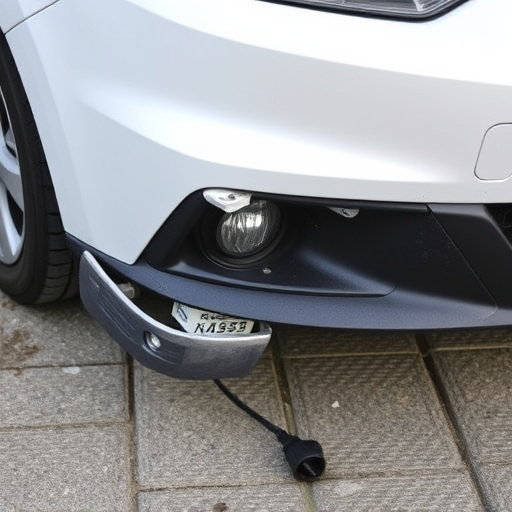
In the realm of auto body repairs, ensuring compliance with industry protocols is paramount to guarantee safe and reliable vehicle collision repair. Repair quality verification plays a pivotal role in this process by acting as a quality control measure that checks the accuracy and completeness of the repair work against established standards. This meticulous procedure involves a thorough inspection of every aspect of the repair, from structural integrity to cosmetic finish, ensuring that each component meets or exceeds industry benchmarks.
By implementing robust repair quality verification processes, auto body repair shops can demonstrate adherence to best practices, thereby fostering public trust and enhancing their reputation. Moreover, it serves as a protective measure for both customers and professionals alike, minimizing the risk of substandard repairs, which could lead to future safety hazards or costly complications. This is especially crucial in the event of a seemingly minor fender bender, where proper verification can prevent superficial fixes from turning into more significant issues down the line.
Best Practices for Effective and Efficient Verification
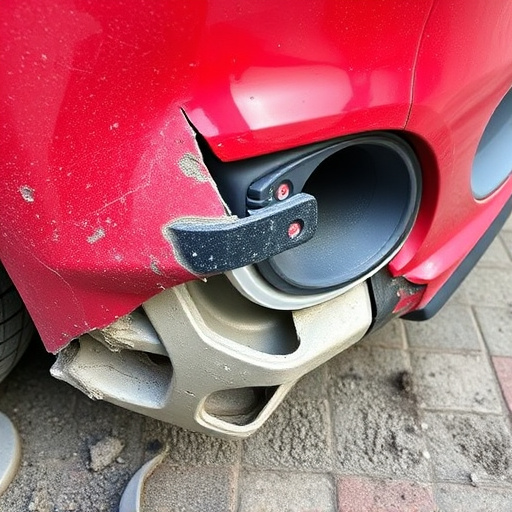
To ensure effective and efficient repair quality verification, established best practices should be followed. These include comprehensive pre- and post-repair inspections, utilizing advanced technology such as 3D measuring tools and digital imaging to capture precise data, and meticulous documentation of every step in the verification process. Trained and certified technicians are paramount to ensuring accuracy; their expertise enables them to identify even subtle defects that might be missed by untrained eyes. Standardized procedures for repair quality verification also facilitate consistency across different auto body services, making it easier to maintain high-quality standards, especially when dealing with complex repairs like those in a Mercedes Benz repair shop.
Another crucial aspect is effective communication between all stakeholders involved in the process. This includes clear coordination among technicians, quality assurance teams, and customers. Regular updates on the verification status not only enhance transparency but also enable timely intervention if any issues are identified during the process. Moreover, integrating these practices into a structured workflow streamlines the repair quality verification process, minimizing delays and maximizing efficiency for all auto body services involved, from car scratch repair to more intricate auto body repairs.
Repair quality verification is not just a best practice, but an indispensable component of adhering to industry protocols. By understanding and implementing robust verification processes, repair facilities can ensure compliance with established standards while streamlining operations. This holistic approach fosters trust among stakeholders and ultimately enhances customer satisfaction through reliable, high-quality repairs. Repair quality verification remains a key differentiator in maintaining competitive advantage within the industry.
